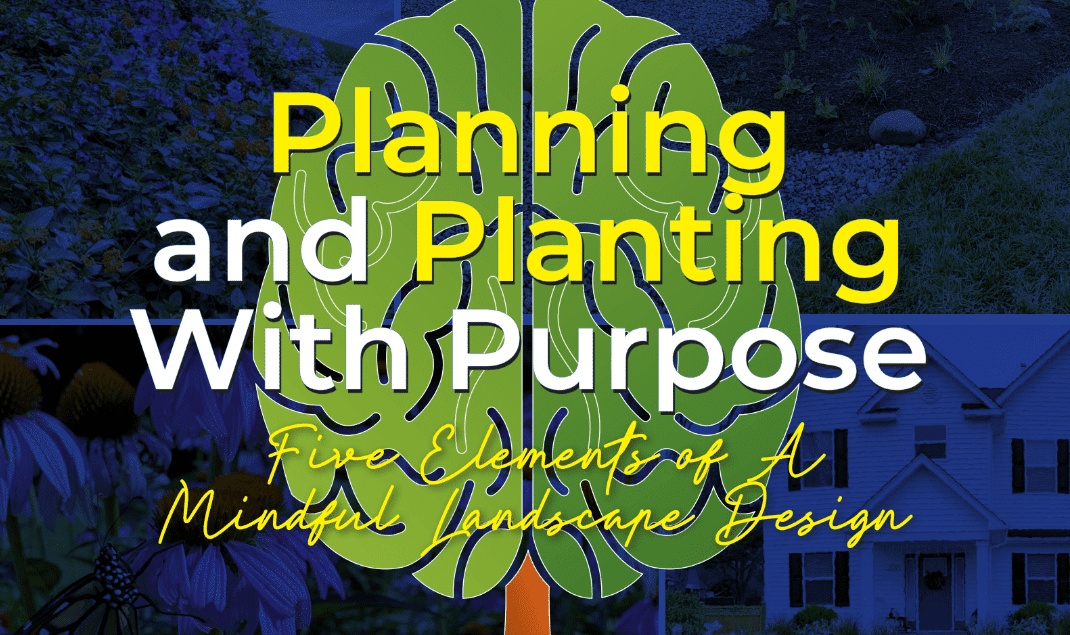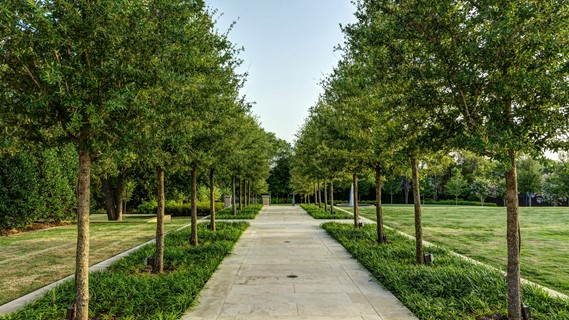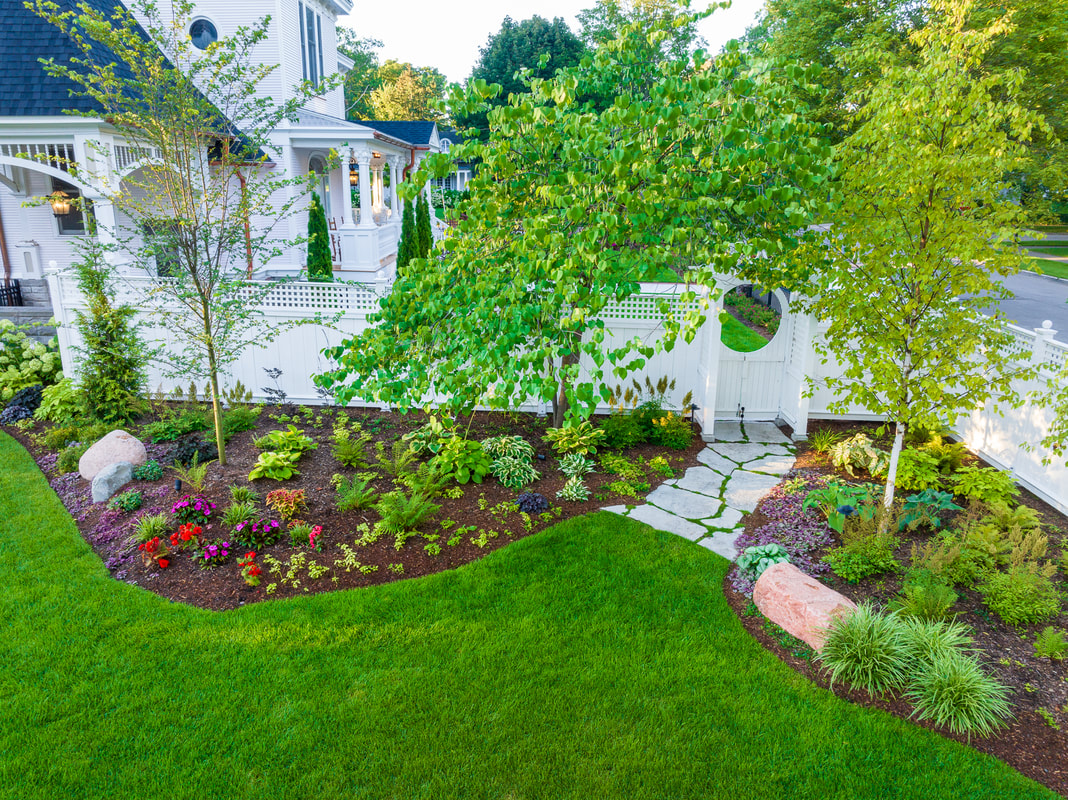10 Simple Techniques For Hilton Head Landscapes
Table of ContentsThe 45-Second Trick For Hilton Head LandscapesThings about Hilton Head LandscapesFacts About Hilton Head Landscapes RevealedAll about Hilton Head LandscapesThe Best Guide To Hilton Head LandscapesThe 45-Second Trick For Hilton Head LandscapesHilton Head Landscapes Fundamentals ExplainedThe 4-Minute Rule for Hilton Head Landscapes
Kind compatibility is likewise a major element of unity in designone or 2 strikingly different kinds benefit contrast and emphasis, yet typically all various other forms must have some similarities for a combined appearance. Appearance describes exactly how coarse or fine the surface of the plant or hardscape product really feels and/or looks.
Instances of plants with rugged appearance include philodendrons, agaves, bromeliads, hollies, hands, and hydrangeas. Hardscape with rugged texture includes rough-cut rock, rough-finished brick, and unfinished wood with knots and a raised grain. Matured or old building material that maintains a weather-beaten surface is frequently coarse in appearance. Qualities that create great texture consist of little foliage; slim, strappy leaves (yards) or tall, slim stems; small, thick twigs and tiny branches; long stems (vines); and small, delicate flowers.
The Only Guide for Hilton Head Landscapes
The majority of plants are medium structure, because they can not be referred to as having either rugged or great texture. They are defined by medium-sized fallen leaves with simple shapes and smooth sides. The average-sized branches are not largely spaced neither widely spaced, and the overall type is commonly rounded or mounding. Medium-textured plants serve as a background to web link and merge the crude- and fine-textured plants.

To make a room really feel smaller sized, position the rugged textures along the outer border and the fine appearances closest to the visitor. The detail of the crude structure makes the plants show up closer and makes the space really feel smaller. The regarded structure of plants can likewise transform with the range from the plant.
10 Easy Facts About Hilton Head Landscapes Explained
Strong colors raise the comparison and make the texture show up coarser, while soft colors can squash structure. Hardscape with a coarse texturesuch as really rough rocks and vibrant, big timberstends to make all plant material show up much more medium distinctive. Designers frequently develop an appearance research study (Number 8) on paper to help choose the arrangement of plant materials.
Color in plant material and hardscape adds rate of interest and selection to the landscape. Color is the most noticeable aspect in the landscape and is generally the focus of a lot of homeowners; nevertheless, it is additionally the most momentary aspect, typically lasting just a couple of weeks a year for specific plants.
9 Easy Facts About Hilton Head Landscapes Shown
A basic summary of the color wheel consists of the three key shades of red, blue, and yellow; the 3 secondary shades (a mix of two primaries) of environment-friendly, orange, and violet; and six tertiary shades (a mix of one adjacent key and second shade), such as red-orange. Shade theory discusses the connection of colors to each other and how they must be used in a make-up.

Comparable (sometimes called harmonious) color schemes are any three to 5 colors that are surrounding on the shade wheel, such as red, red-orange, orange, yellow-orange, and yellow, or blue, blue-violet, and violet (hilton head landscapers). The shades relate to each various other since they usually consist of 2 primary shades mixed to develop a second and two tertiary shades, which means they share typical residential or commercial properties
Complementary colors are often discovered normally in flowers; a common set is yellow and violet. Color is discovered in the flowers, vegetation, bark, and fruit of plants.
An Unbiased View of Hilton Head Landscapes
Environment-friendly vegetation in all its various shades is the dominant color by quantity, but other shades catch attention quicker as a result of their high comparison to the shade environment-friendly. Color is also discovered in structures, rocks, pavers, wood, and furnishings. A lot of colors in all-natural materials, such as rock and timber, are commonly low-key and tend to be variations of brown, tan, and pale yellow.
Shades have homes that can impact emotions, spatial understanding, light quality, equilibrium, and focus. Awesome shades have a tendency to be soothing and should be made use of in locations for relaxation and tranquility.
The Hilton Head Landscapes Statements
Cool shades often tend to recede and are perceived as being further away, making a room feel larger. Color can likewise be used to catch interest and straight sights.
For instance, bright yellow, which has the highest intensity, likewise has a high comparison with all various other shades (usually referred to as a "pop" of color) and ought to be conserved. A small amount of intense shade has as much aesthetic weight as a huge amount of a more suppressed or weak shade.
Analogous (in some cases called unified) color design are any three to 5 colors that are adjacent on the color wheel, such as red, red-orange, orange, yellow-orange, and yellow, or blue, blue-violet, and violet. The colors relate to every other because they generally include two primary colors blended to create a second and 2 tertiary colors, which implies they share typical residential properties.
Getting The Hilton Head Landscapes To Work
They have a tendency to have high contrast between them. One of the most typical sets are violet and yellow, red and green, and blue and orange. Complementary colors are typically discovered naturally in blossoms; a typical pair is yellow and violet. Color is located in the flowers, foliage, bark, and fruit of plants.
Green vegetation in all its various shades is the leading color by amount, but various other colors record attention a lot more readily due to the fact that of their high contrast to the color environment-friendly - landscapers hilton head island - https://www.provenexpert.com/steven-gonzales/?mode=preview. Color is additionally discovered in buildings, rocks, pavers, timber, and furniture. A lot of colors in natural products, such as stone and timber, are normally soft and often tend to be variations of brownish, tan, and pale yellow
The Ultimate Guide To Hilton Head Landscapes
Shade is an essential aspect for producing interest and range in the landscape. Shades have residential or commercial properties that can influence emotions, spatial perception, light top quality, balance, and emphasis. One building of color is defined relative to temperaturecolors show up to be trendy or warm and can affect emotions or sensations. Trendy shades have a tendency to be relaxing and must be made use of in locations for leisure and serenity.
Cool shades tend to decline and are viewed as being his comment is here farther away, making a room really feel larger. Shade can additionally be utilized to capture interest and direct sights - https://www.tumblr.com/h1tnhdlndscps/754928253939187712/family-owned-and-operated-hilton-head-landscapes?source=share.
Intense yellow, which has the greatest intensity, additionally has a high contrast with all other colors (usually defined as a "pop" of color) and should be made use of sparingly. A tiny amount of intense shade has as much visual weight as a huge amount of an extra suppressed or weaker color.